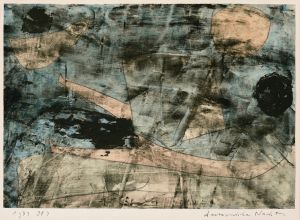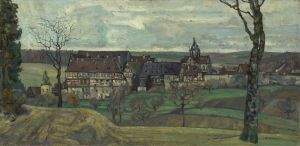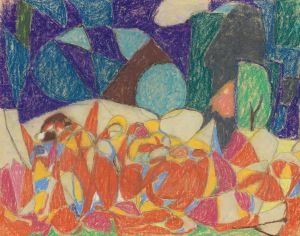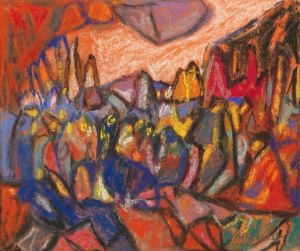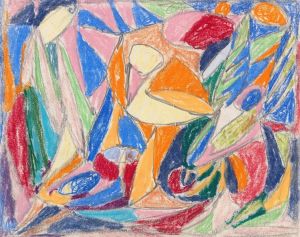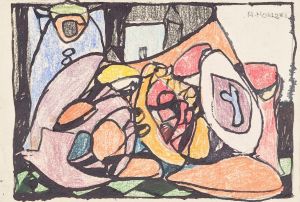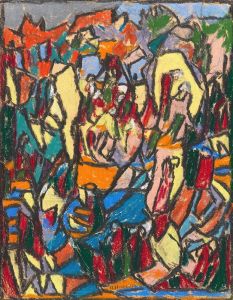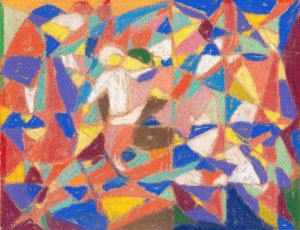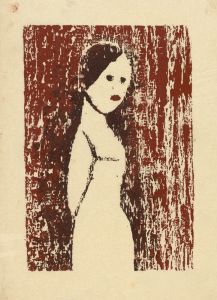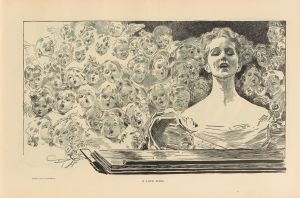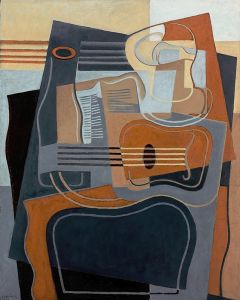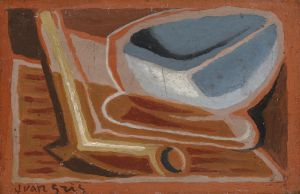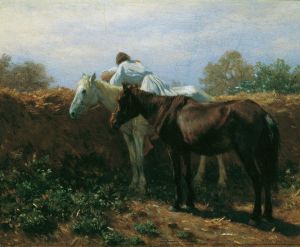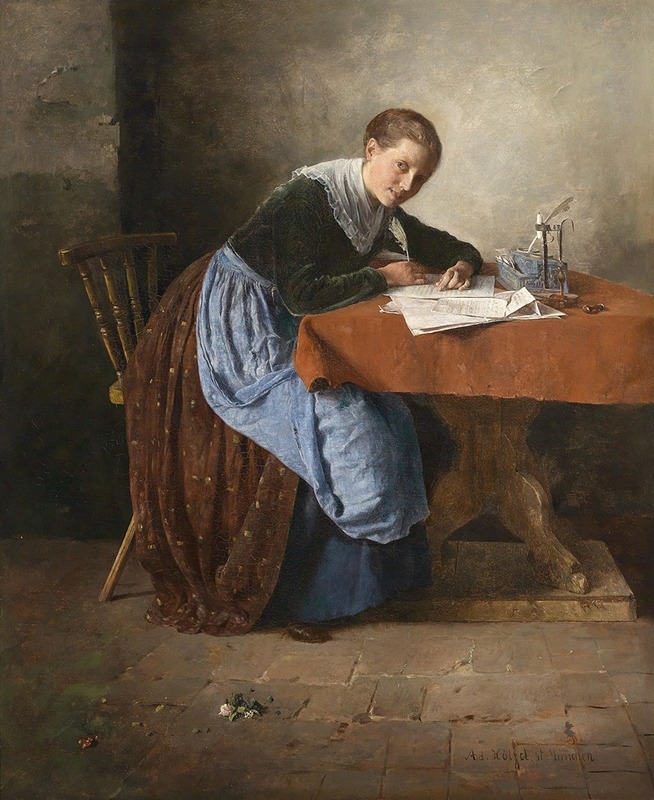
Der Liebesbrief
A hand-painted replica of Adolf Hölzel’s masterpiece Der Liebesbrief, meticulously crafted by professional artists to capture the true essence of the original. Each piece is created with museum-quality canvas and rare mineral pigments, carefully painted by experienced artists with delicate brushstrokes and rich, layered colors to perfectly recreate the texture of the original artwork. Unlike machine-printed reproductions, this hand-painted version brings the painting to life, infused with the artist’s emotions and skill in every stroke. Whether for personal collection or home decoration, it instantly elevates the artistic atmosphere of any space.
Adolf Hölzel (1853-1934) was a German painter and art teacher, known for his contributions to the development of abstract art in the early 20th century. One of his notable works is "Der Liebesbrief" (The Love Letter), which exemplifies his innovative approach to composition and color.
"Der Liebesbrief" was created during a period when Hölzel was deeply engaged in exploring the principles of abstraction and the expressive potential of color. This painting reflects his transition from representational art to a more abstract style, which was influenced by his interest in the spiritual and emotional dimensions of art.
The painting depicts a scene centered around the theme of a love letter, a subject that has been a popular motif in art history for its ability to convey intimate and personal emotions. Hölzel's interpretation of this theme is unique in its use of color and form. The composition is characterized by its vibrant palette and the interplay of geometric shapes, which create a dynamic and harmonious visual experience.
Hölzel's approach to "Der Liebesbrief" can be seen as part of his broader artistic philosophy, which emphasized the importance of color as an independent element of composition. He believed that color had its own intrinsic value and could evoke emotions and ideas without relying on representational forms. This idea was revolutionary at the time and influenced many of his students, including notable artists such as Oskar Schlemmer and Johannes Itten.
In "Der Liebesbrief," Hölzel employs a range of colors to create a sense of depth and movement. The use of contrasting hues and the careful arrangement of shapes draw the viewer's eye across the canvas, inviting them to explore the emotional resonance of the scene. The abstracted forms suggest figures and objects, but they are not rendered in a realistic manner, allowing the viewer to engage with the painting on a more intuitive level.
Hölzel's work on "Der Liebesbrief" also reflects his interest in the spiritual aspects of art. He was influenced by the ideas of theosophy and other spiritual movements of the time, which sought to explore the connections between the material and the spiritual worlds. This is evident in the way he uses color and form to create a sense of harmony and balance, suggesting a deeper, underlying order to the composition.
Throughout his career, Hölzel continued to develop his theories on color and abstraction, and his work had a lasting impact on the development of modern art. "Der Liebesbrief" stands as a testament to his innovative spirit and his commitment to exploring new artistic possibilities. It is a significant example of his contribution to the evolution of abstract art and remains an important work in the history of modern painting.






